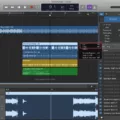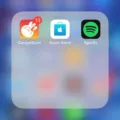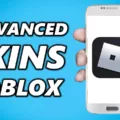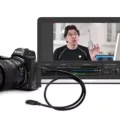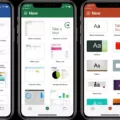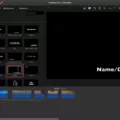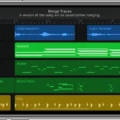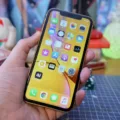Are you looking for a simple and powerful way to create music? Look no further than GarageBand! This amazing digital audio workstation (DAW) is available on both Mac and iOS, and it provides users with a comprehensive way to record, mix, and produce music. With its easy-to-use tools and intuitive interface, anyone can quickly start making their own beats in GarageBand.
Getting started with GarageBand is straightforward. To begin creating a new project, simply open the app and select an instrument or preset from the selection of sounds available. You can then begin recording your own tracks by selecting the record button at the top of the window. From there, you can layer multiple instruments together to form your piece. To add effects to your sound, you can use plugins from the library or create your own custom sound effects using the built-in synthesizers.
Once you’ve created your masterpiece, you can mix it down for playback using GarageBand’s powerful mixing tools. Not only does it allow you to adjust levels for each track independently but also allows you to set up dynamic effects like reverb and delay in order to give your track some extra depth and character. When finished mixing down your song, you can export it as an MP3 file or burn it onto a CD for playback on any device.
Adding beats in GarageBand is incredibly simple as well. For example, if you want to add a drum beat or percussion loop to your track, all you have to do is open up the loops library in GarageBand and select one of the many pre-made drum patterns that are included with the software. After selecting one of these patterns, simply drag it into your project window where it will automatically sync up with whatever tempo or key signature has been set for that song. If desired, users can also use MIDI keyboards or controllers connected to their computer via USB in order to play live drums directly into their project window for an even more natural-sounding performance.
As you can see, creating music with GarageBand is not only easy but also incredibly fun! With its user-friendly layout and a vast selection of included sounds and instruments, anyone can quickly become a master producer without breaking their wallet by purchasing expensive hardware equipment or software packages. So what are you waiting for? Start producing today!
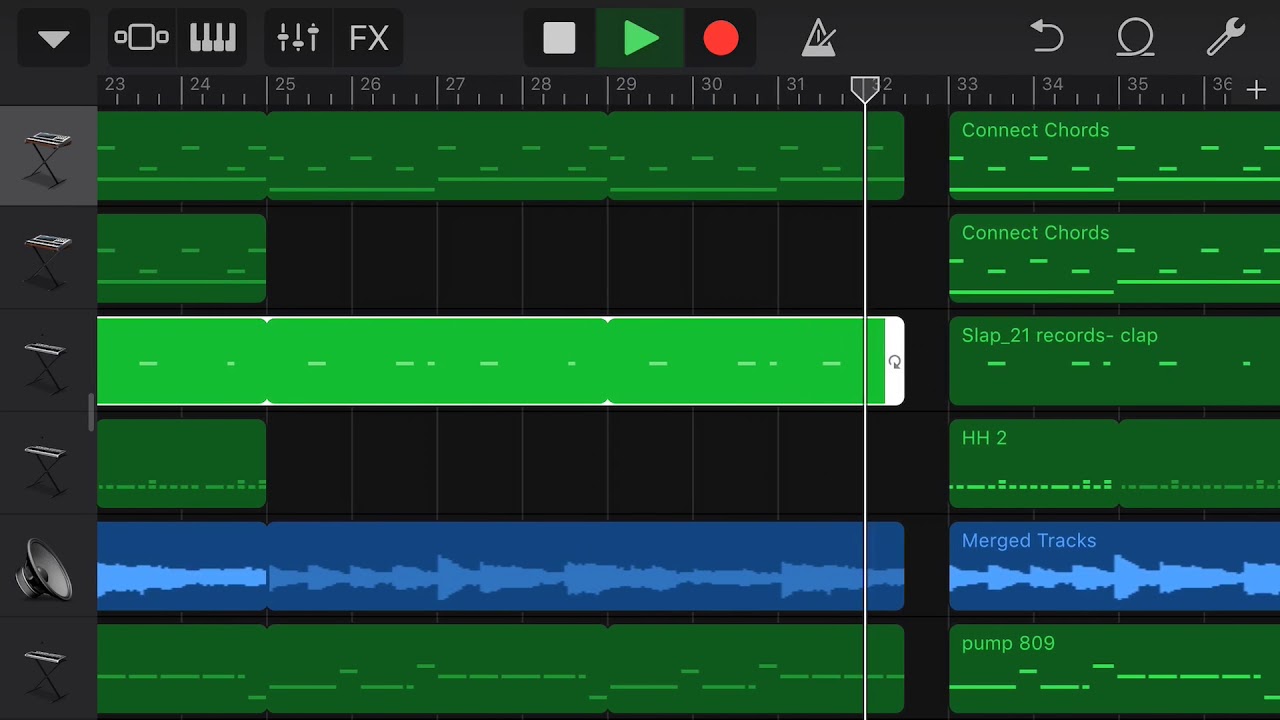
Importing Beats into GarageBand
To import beats into GarageBand, you will need to first locate and download the beat file. Once you have downloaded the beat file, open your GarageBand application and create a new track. Then, go to the “Files” menu at the top of your screen, select “Import”, and select the beat file from your computer. You should now be able to hear your beat playing in GarageBand. If you wish to make any edits or adjustments to the beat, you can do so by clicking on the different audio effects available in GarageBand. Enjoy!
Importing Beats into iPhone GarageBand
To import beats into iPhone GarageBand, start by connecting your iPhone to your Mac. Your connected iPhone will appear in the Finder window sidebar under Locations. Select the icon for your iPhone, click Files, and select GarageBand from the list of apps. Once you are in GarageBand, open another Finder window or select files from your desktop that you would like to import. Then drag the audio or MIDI files you want to import into the GarageBand list. Your imported beats will now be available to use in your projects!
Using YouTube Beats in GarageBand
To put beats from YouTube on GarageBand, start by copying the link of the video you want to use from YouTube. Then, paste the link into a YouTube MP3 converter such as ytmp3 and download the file to your desktop. Right-click on the file and rename the file extension to “.wav” so it can be used in GarageBand. Finally, open your GarageBand project and drag the file into the workspace. You can then edit it in GarageBand as you would any other audio clip!
Troubleshooting Issues with Importing MP3 Files into GarageBand
The reason why your MP3 won’t go into GarageBand is that GarageBand only accepts standardized audio files (AIFF, CAF, WAV, AAC, Apple Lossless, and MP3) that haven’t been downloaded from youtube to mp3 converters. When you download a song from a youtube to mp3 converter it often changes the file extension from .mp3 to something else, which can make it incompatible with GarageBand. To fix this issue you can right-click to rename the file extension from .mp3 to .wav.
Importing MP3 Files into GarageBand
Yes, you can import MP3 files into GarageBand. To do so, simply click on the MP3 file and drag it into your GarageBand session. Be sure to drag the file at the bottom of the session window if you are working with many tracks. Once the file is in GarageBand, you can then use its tools and features to edit, record and mix your audio.
Is GarageBand an Effective Tool for Making Beats?
Yes, GarageBand is a great option for making beats. It’s free and easy to use, and provides plenty of features to help you create professional-sounding music. It has hundreds of Apple Loops and MIDI instruments to choose from, as well as the ability to sample your own sounds. You can also use time quantization, automation, panning, drumming automation, and pitch-correction tools. Plus, you can install third-party plugins to extend its capabilities even further. All in all, GarageBand is a great tool for creating beats.
Importing Music into GarageBand on Mac
To import music into GarageBand on Mac, open the GarageBand software on your computer. Then, locate the audio file you’d like to import from the Finder and drag it to an audio track or to the empty area below the existing tracks in the Tracks area. The audio file will then appear on the track for you to edit and manipulate as needed.
Conclusion
Overall, GarageBand is an incredibly powerful and versatile music production platform that is intuitive to use. It provides a comprehensive suite of tools for creating and recording music, from recording individual instruments or vocals to mixing multitrack recordings. With its impressive range of built-in sounds and loops, as well as its ability to import audio files, GarageBand can be used to create everything from simple demos to full-fledged albums. Whether you’re an experienced musician or a newbie just getting started in the world of music production, GarageBand is sure to provide you with the tools you need to make your musical dreams come true.

